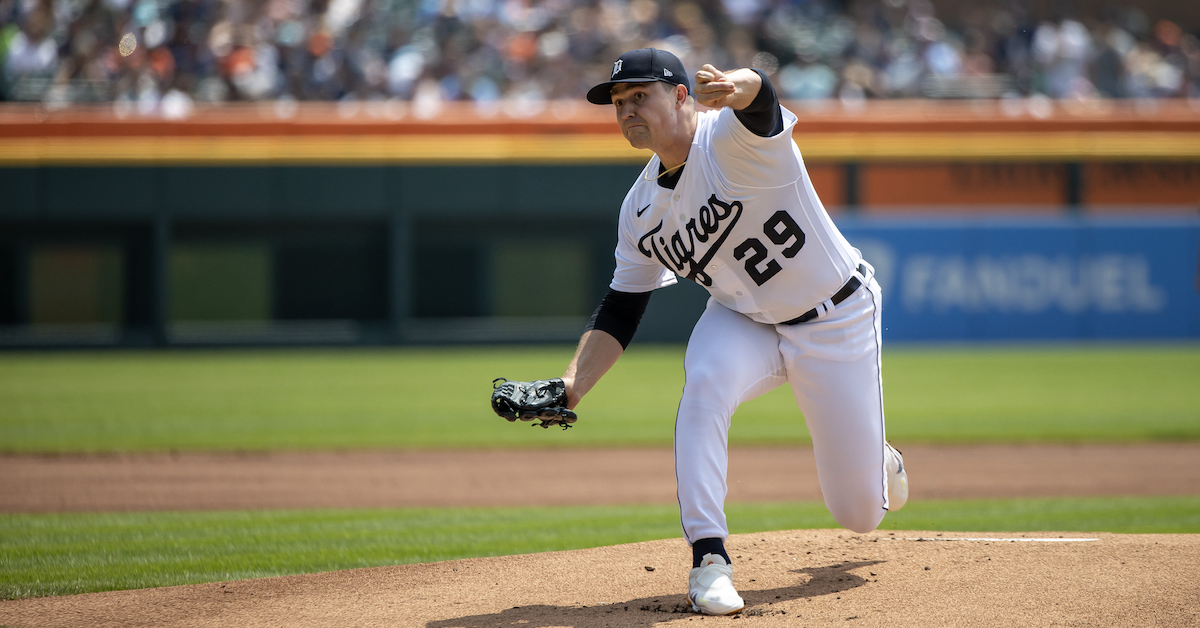An Ace in the Making, Tarik Skubal Attacks With a Varied Arsenal

Tarik Skubal is slated to take the mound for the Detroit Tigers on Opening Day when the season begins three weeks from Thursday. Four years into his big league career, the 27-year-old southpaw is emerging as one of the top left-handed starters in baseball. After missing the first three months of last season recovering from flexor tendon surgery, he was one of the best pitchers in baseball upon making his season debut, on July 4. Skubal fashioned a 2.80 ERA, a 2.00 FIP, and a 32.9% strikeout rate — as well as a stingy 4.5% walk rate and a .199 BAA — in 15 starts comprising 80 1/3 innings. His 3.3 WAR from July through the end of the season led all pitchers in that span. And there is reason to believe that he is still getting better, as he adds fastball velocity — he’s hit 99 mph this spring, up from his average of 95.8 mph last season — and fine tunes his five-pitch arsenal.
Skubal sat down to talk pitching at the Tigers’ spring training facility in Lakeland, Florida last week.
———
David Laurila: Looking at your numbers, I saw that your ground ball rate (51.6% last year) keeps getting higher and higher, and your walk rate keeps getting lower and lower. How have you made those things happen?
Tarik Skubal: “I think it all kind of just stems from confidence and the complete arsenal. When you can throw five pitches over the plate, in the zone, and just go right after guys, you tend to get more uncomfortable at-bats. If you can throw different pitches in different counts, hitters have to be a little bit defensive and aren’t getting their A swings off as often. That’s kind of my approach, and I think it impacts the results I’m getting.”
Laurila: That makes sense, as you don’t throw a lot of sinkers… Read the rest of this entry »





